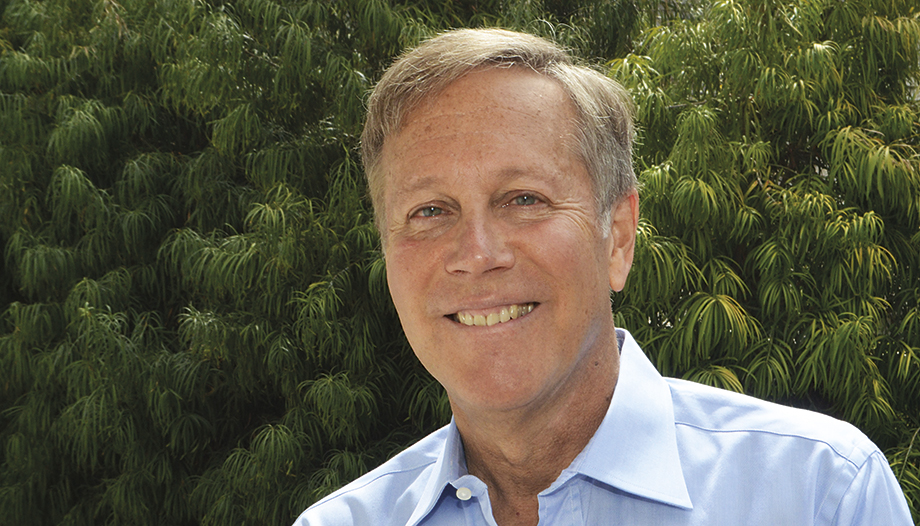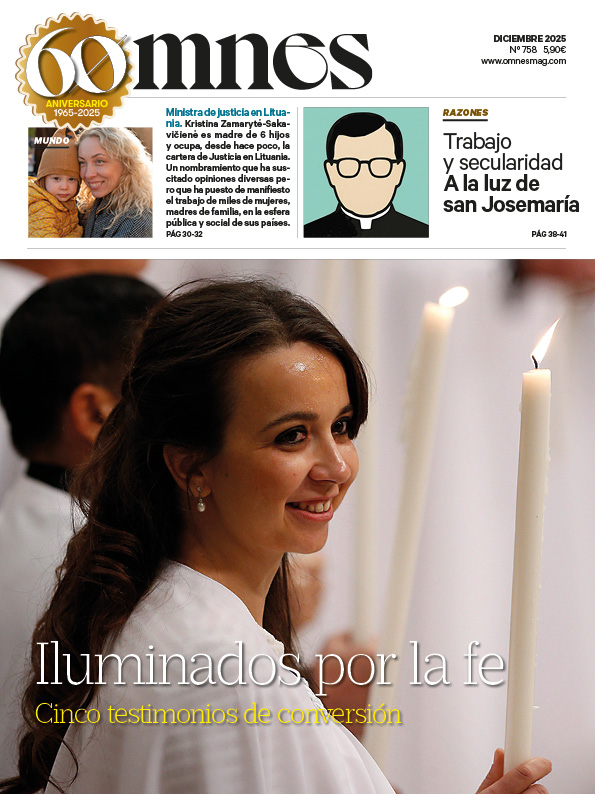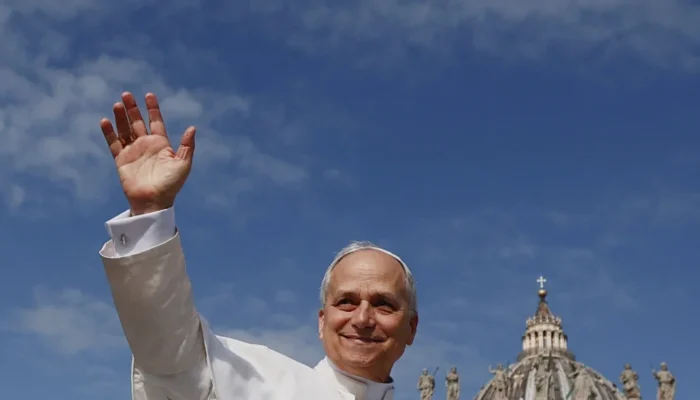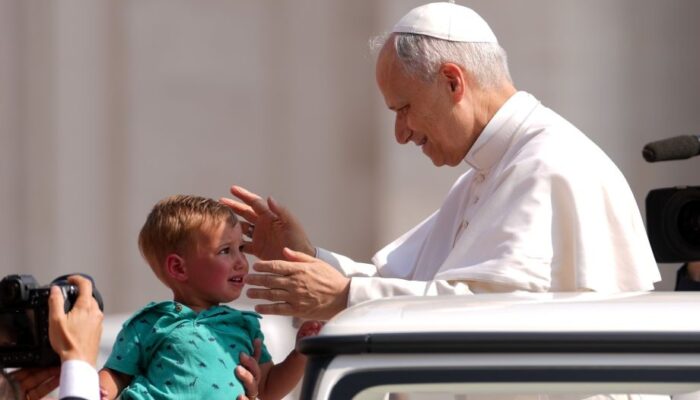Whoever approaches Dana Gioia's poetic work -with a metaphysical background and based on a genuine visionary realism- discovers that there are two fundamental keys. The first is her link with the New Formalism, a U.S. movement that emerged in reaction to the predominant avant-garde trends of the 1980s and 1990s, and which found in Gioia not only its most prominent representative but also its most lucid theorist. Far from promoting a simple return to traditional metrics, New Formalism sought to renew attention to form and to rescue the musicality of language, both in rhymed verse and in versolibrism. For Gioia, poetry is an art form deeply linked to song. As he himself affirms: “Uses sound and rhythm to create a physical connection with the listener and evoke meaning beyond words".
The second key is his spiritual dimension, especially his Catholic roots, even though his work does not contain explicit religious references to traditional themes. Gioia himself has responded to this question, posed as to why his identity as a Catholic poet has gone unnoticed for so long. His answer was clear: “Most readers are very literal and focus mostly on the subject matter. Since I didn't write poems about the crucifixion or the Virgin Mary, it never occurred to them that I was a Catholic poet. What makes my poetry Catholic is the worldview, the sacramental use of symbols, the redemptive role of suffering, the interpenetration of the sacred and the mundane and, perhaps crucially, the conviction that truth and beauty are interdependent. (...) I write from the everyday details of real life. It should not be necessary to visit the Vatican to perceive the divine. It is everywhere if you know how to look.”.
Indeed, Gioia does not preach from her poems nor does she take refuge in liturgical gestures. Her gaze seeks the transcendent in the commonplace, the eternal in the everyday. It is, perhaps, there where her voice reaches one of its greatest singularities: in that ability to create beauty with depth, without solemnity or fuss, but with absolute fidelity to the inner music of language.
Beatitudes
Precisely, his most catholic poem -in the author's own expression- is Winter solstice prayer, a title that alludes to the shortest and darkest day of the year, an ancestral symbol of recollection, waiting and hope for the resurrection. The poem in question reads as follows: “Blessed is the road that keeps us wandering / Blessed is the mountain that blocks our way / Blessed is hunger and thirst, loneliness and desire / Blessed is the toil that consumes us without end / Blessed is the night and the darkness that blinds us / Blessed is the cold that teaches us to feel / Blessed is the cat, the cricket and the raven / Blessed is the hawk that devours the hare / Blessed is the saint and the sinner, redeemed from each other / Blessed is the dead, peaceful in their perfection / Blessed is the dead, peaceful in their perfection / Blessed is the saint and the sinner, redeemed from each other / Blessed is the dead, peaceful in their perfection / Blessed the hawk that devours the hare / Blessed the saint and the sinner, redeemed one from another / Blessed the dead, peaceful in their perfection / Blessed the pain that humbles us / Blessed the distance that impedes our joy / Blessed the brief day that makes us long for the light / Blessed the love that we discover in losing it / Blessed the love that we discover in losing it / Blessed the love that we find in losing it / Blessed the love that we find in losing it / Blessed the love that we find in losing it / Blessed the love that we find in losing it / Blessed the love that we find in losing it / Blessed the love that we find in losing it / Blessed the love that we find in losing it.".
The poet himself has described this text as “...".“a set of beatitudes praising the suffering and renunciation necessary to alert us spiritually, from which it celebrates the transformative and redemptive nature of suffering, one of the central spiritual truths of Christianity, as well as one that is easily forgotten in our materialistic consumerist culture. It is also a poem about facing the harsh realities of our existence. Our welfare society tries to deny suffering, unless it can sell you a pill or a product to banish it.".
Thus, without solemnity or doctrinal positions, Gioia offers a prayer born from the darkness, a voice that seeks meaning in the midst of pain and that affirms, with the strength of poetic language, that even there -in the most inhospitable- the divine can dwell.
Intimate, existential and cultural issues
Many of his other poems are of the same style, in which he deals with intimate themes such as betrothal love -in Marriage of many years, for example, he defends his marital fidelity-; the mourning for the death of his son-; the mourning for the death of his son-.Pentecost is a heartbreaking text that serves as a showcase, in which guilt, impotence and a broken but persistent faith intertwine, and where death is presented as a radical transformation, a dark “pentecost”; or family memory and personal roots, as in Return home, The background of many of his poems is the usual background of many of his poems.
Likewise, he explores existential dimensions through symbolic or phantasmagoric forms, in which objects, places or souls dialogue with the poetic character, generating an atmosphere of estrangement charged with metaphysical resonances. To this is added a reflection on the very nature of language, which in his poetic work is not only an expressive tool, but also the very substance of reality and a vehicle towards the transcendent. In this respect, his most eloquent poem is Words, The term “language" suggests that existence exceeds what words can encompass, although language is still essential: "...".“To name is to know and remember”He affirms, suggesting the need for faith to penetrate the very entity of the real.
Presence of the sacred
Thus, Dana Gioia's poetic work must be understood in the light of the two keys already exposed: the formal renewal - inherited from the New Formalism- and a deeply incarnated spiritual vision, sustained by a Catholic sensibility that is not formulated, but constitutive. From this double perspective, it is legitimate to understand him as a sacramental poet, and not because he employs, as I say, a conventional religious imagery, but because his poetry expresses an essential -and often countercultural- conviction that the divine dwells in the real, in the specific, in the ordinary.
In an age dominated by cultural frivolity, aesthetic superficiality and the neglect of the spiritual, Gioia's work stands as a silent but firm affirmation of human dignity. In her verses -musical, profound, illuminating- resounds the certainty that beauty, when it is authentic, is not mere ornamentation, but a revealing path towards a more sublime truth.







